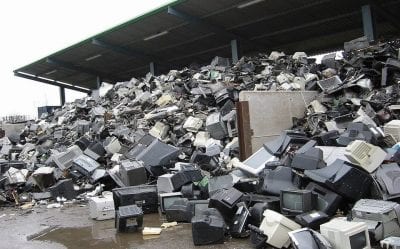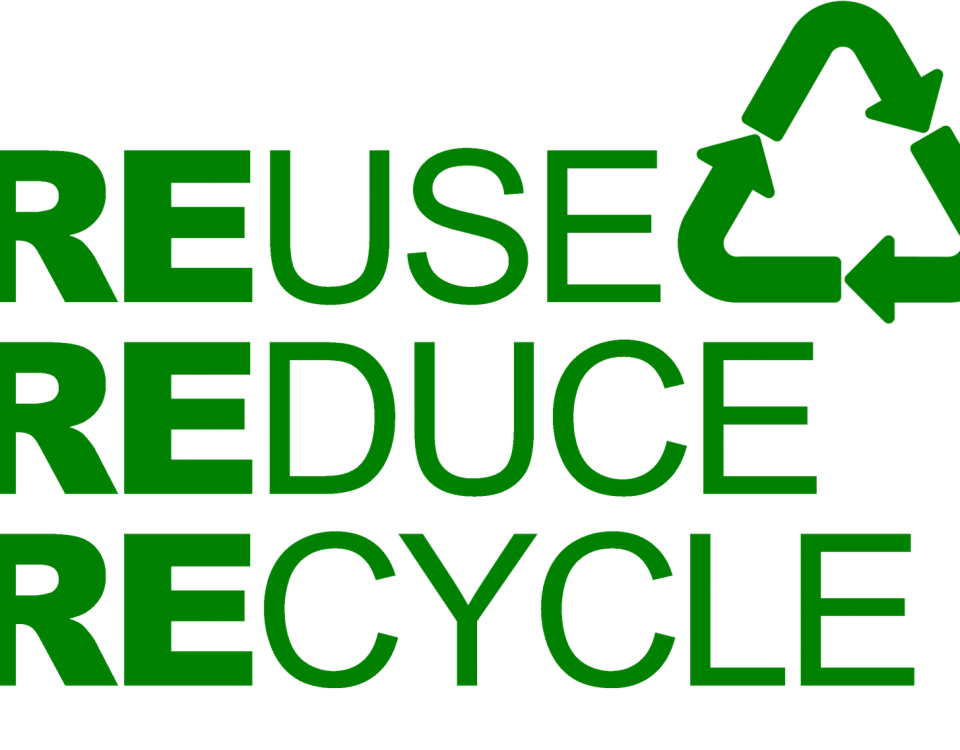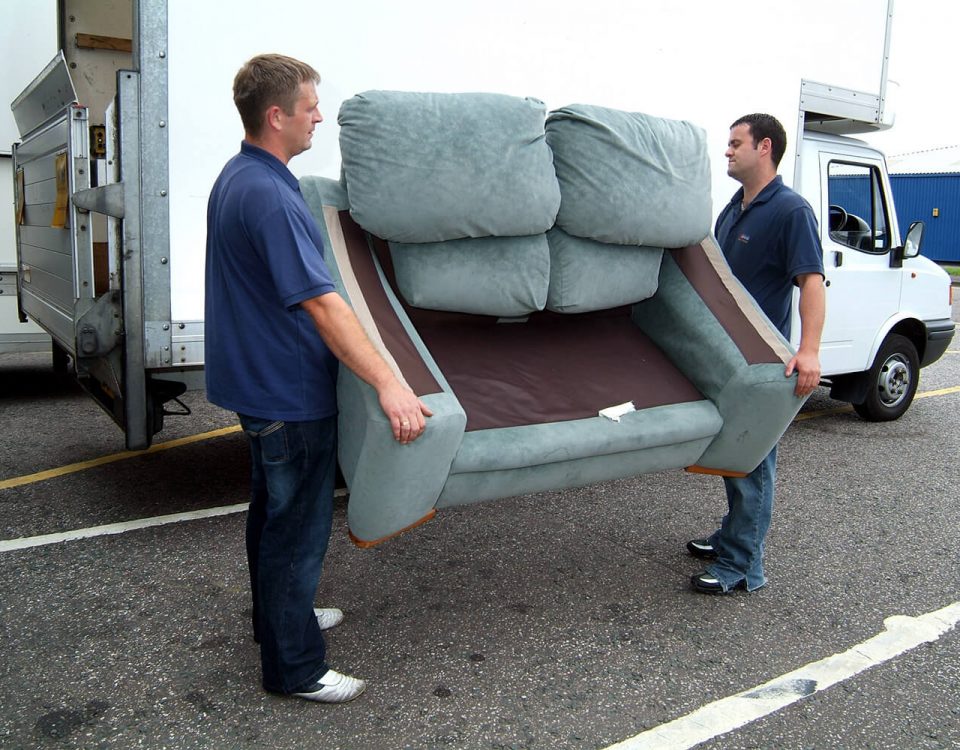Disposal of garbage
Increasing garbage has been putting pressure on landfills and environment and posing a challenge to the human civilisation for its survival. Authorities around the world have woken up to the challenge and formulated different regulations to control the generation, collection, and disposal of garbage. With this perspective, garbage has been segregated into different categories in terms of toxicity, a threat to the environment and other factors. For electronic and electrical waste that are ending up in dump yards from households as well as commercial establishments, the WEEE norms have been developed. These norms stipulate the procedure regarding collection and disposal of toxic electronic and electrical waste such as televisions, refrigerator, computer, scanner, printer etc which are also known as WEEE waste. If proper procedure is followed while disposing of WEEE waste then the challenge posed to the environment by such toxic waste can be controlled to some extent.
Saving natural resources
Following the proper procedure for disposal of WEEE waste, a major saving in natural resources is possible. This is because recycling is a major thrust area in the WEEE directives. The norms state that at least 4 kg of material should be recovered per head of population in a year. Since almost all the WEEE waste are either household or industrial consumable items recycling them will help in saving precious natural resources that would otherwise go in producing new consumable items such as refrigerators, television sets, computers, scanners, printers, and other waste electrical and electronic items. These items contain a good amount of glass, metal, plastics, precious metals and ceramics. If an appreciable portion of these items can be recovered from WEEE wastes and then channelised for the production of new electronic and electrical items then a lot of natural resources can be saved.
Saving fossil fuel
If the recycling target set in WEEE directives has scrupulously adhered to a lot of energy derived from fossil fuel can be saved which would have otherwise been consumed in the production process. Whether it is coal, oil or natural gas savings on any of these will go a long way in saving the depleting level of fossil fuels. This is because the process of production of finished goods from raw materials involves consumption of a lot of energy. However, the energy required to reuse metals and other elements to produce finished goods is much less.
Reducing Green House Gas Emission
Emission of harmful gasses can also be prevented by avoiding the production process starting from the processing of raw material. If producers stick to the recovery targets set by the WEEE directives then a lot of processing of raw material can be curbed. This will, in turn, curb the emission of greenhouse gasses. However, there are some hazardous and toxic metals in these items such as cadmium, arsenic, mercury and lead. Such toxic metals can pose risk to the environment as well as to the workers involved in the process of recovery, and therefore adequate safety measures should be taken while recycling toxic and hazardous materials.
About the Author

Josh Clarke is associated with clear it Waste from the last six years. Clear it Waste is an organisation that is involved in Junk Collection London. They take care of all Rubbish collection needs within the London area for people who need their homes and commercial establishments clean and green.








